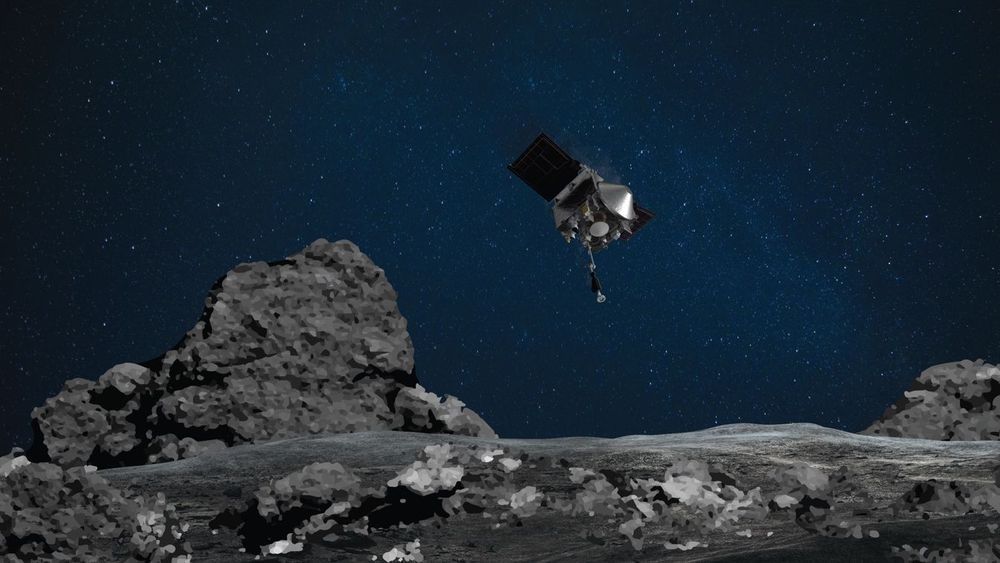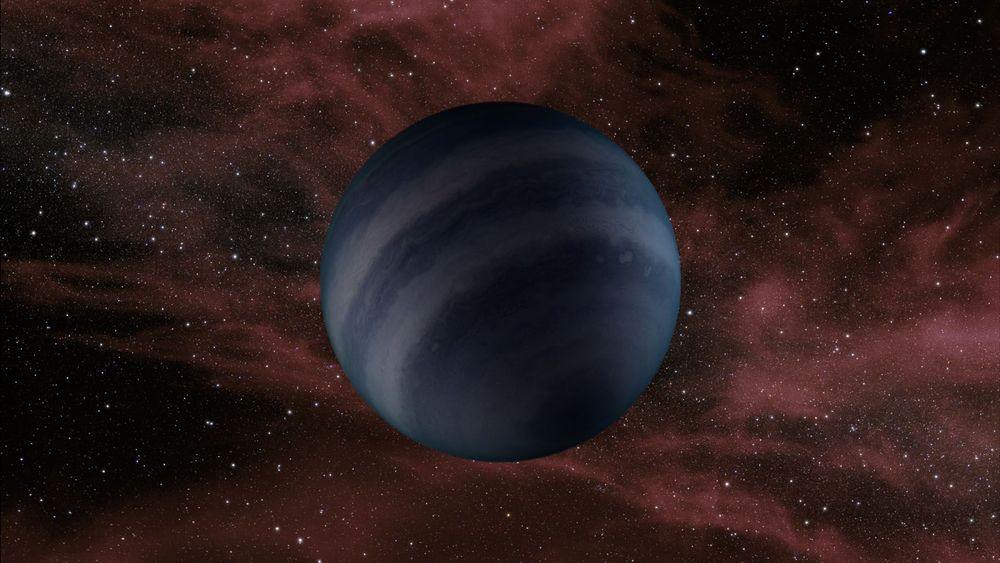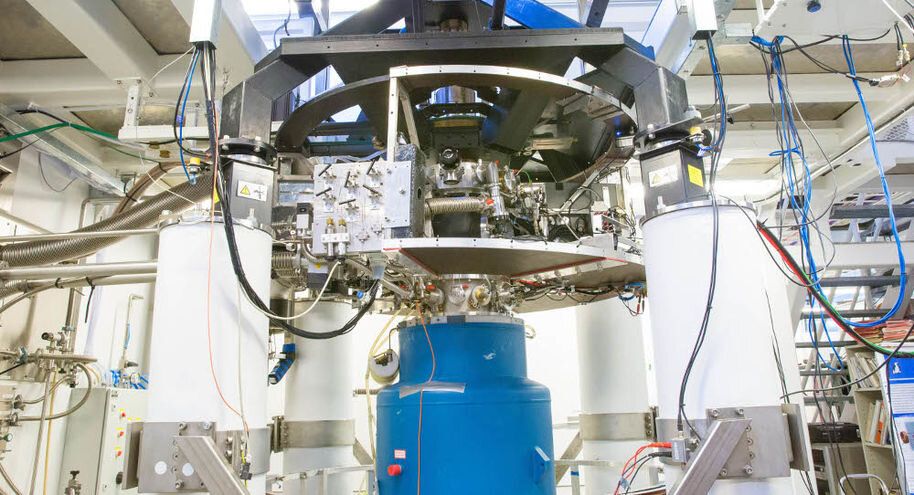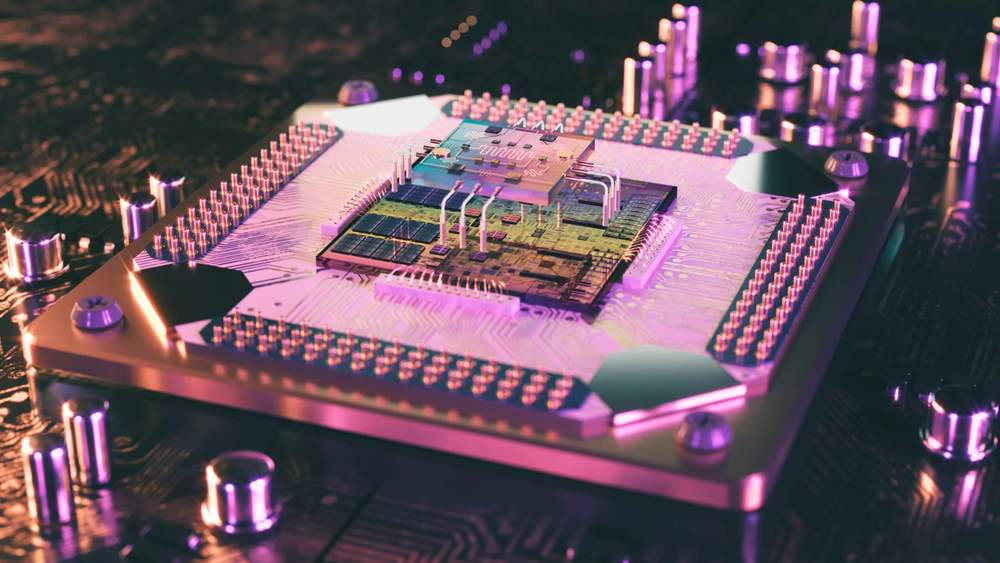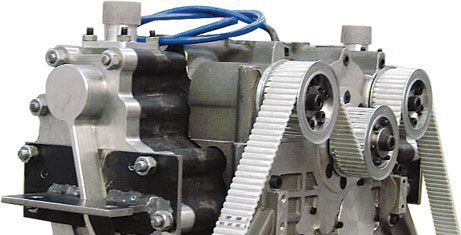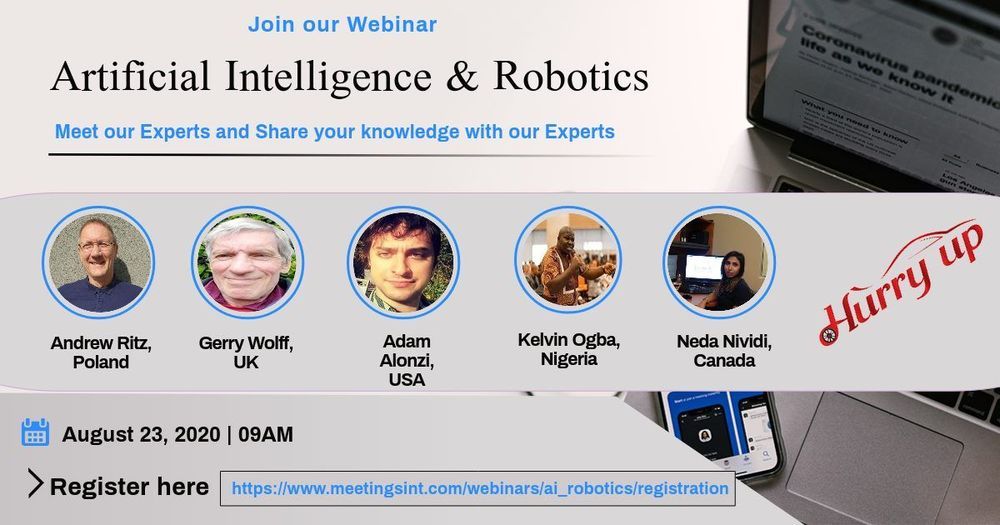Aug 17, 2020
NASA’s Asteroid Mission Completes Final Test Before Sampling Run
Posted by Malak Trabelsi Loeb in categories: security, space
While we were all busy watching the Perseverance rover head off on its journey to Mars, NASA’s asteroid sample mission has been gearing up for its big moment. The Origins, Spectral Interpretation, Resource Identification, Security, Regolith Explorer (OSIRIS-REx for short) has completed its final test approach of the surface. The next time it descends, OSIRIS-REx will scoop up pieces of the asteroid Bennu for return to Earth.
NASA launched OSIRIS-REx in 2016, sending it off to intercept 101955 Bennu, a carbonaceous asteroid about 1,610 feet (490 meters) in diameter. Bennu does get very close to Earth at points in its orbit — there’s even a small chance that it could impact the Earth in the next few centuries. Currently, it’s safely out of the way about 2 AU distant (an AU is the distance between Earth and the sun).
Continue reading “NASA’s Asteroid Mission Completes Final Test Before Sampling Run” »
